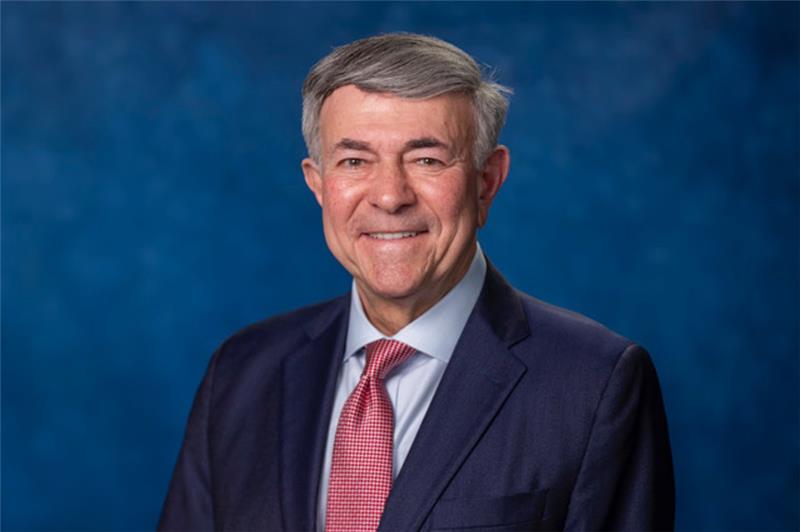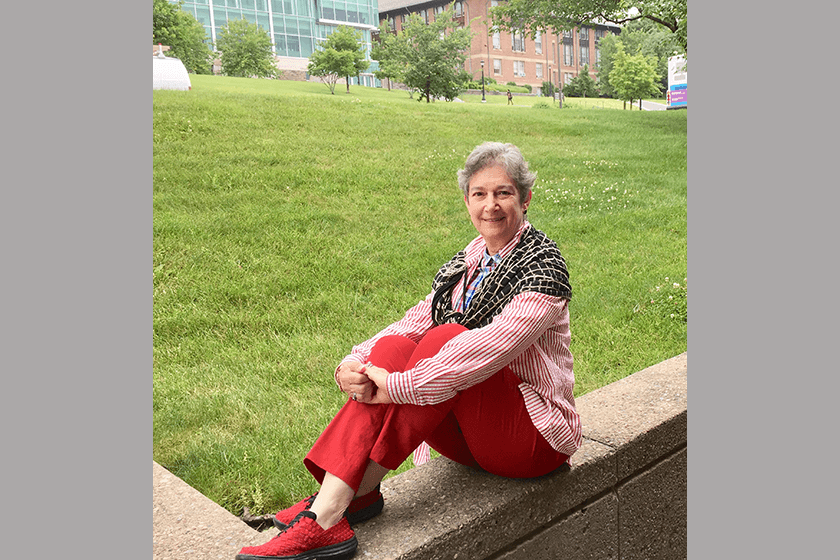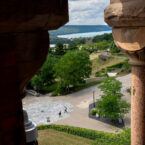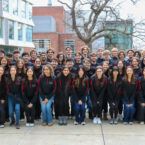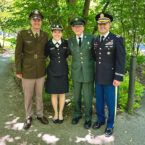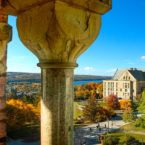Dave Amos ’05 grew up in Sturgeon Bay, Wisconsin, a small town surrounded by other small towns on Lake Michigan northeast of Green Bay. As a teenager, he was curious about the larger world and dreamed of leaving after high school.
“One thing I realized in high school was that I wanted to go and do and see bigger and better things than what Sturgeon Bay had to offer,” Amos says. “No offense to Sturgeon Bay, but it’s very isolated. I wanted the opposite of what I was dealing with. I wanted to study cities.”
His curiosity led him to Cornell University’s Urban and Regional Studies Program in the College of Architecture, Art, and Planning (AAP). It was in his third year, during AAP’s Cornell in Rome program, that Amos finally got the opportunity to live in and interact with a big city. It didn’t take long for him to fall in love with the thrum and beat of a walkable urban center.
“I got to go to Rome, and it was definitely a life-changing experience for me to experience European cities,” says Amos. “I still have a map of Rome on my office wall in part because of that love affair I have with Italy. It started at Cornell.”
Amos, now an assistant professor of city planning at California Polytechnic State University (Cal Poly), was a beneficiary of the Myron J. and Ruth E. Riley Scholarship while pursuing his undergraduate degree at Cornell. John Leon Riley ’55 and his spouse, A.C. Riley, established the scholarship in memory of his parents in 1998.
Following their guidance, John joined a Hartford, Connecticut, architecture firm led by fellow Cornellians. He continued to have a successful career designing numerous commercial buildings, churches, and other structures.
“John was a strong believer in the importance of scholarships and enthusiastically supported them. He would be proud to know that the scholarships he established still benefit Cornellians today through his Charitable Remainder Trusts,” A.C. shares.
The Rileys’ investment in Cornell helped make a transformative education a reality for Amos and brought him closer to materializing the life he had imagined for himself.
“I was a really huge nerd in high school,” Amos recalls, “so the idea of going to a place where people were really serious about getting an education was attractive to me. Every step along the way, fellow Cornell graduates were there to give me opportunities to succeed, and that wouldn’t have happened without the Rileys’ support.”
Amos went on to pursue additional training, earning master’s degrees in Architecture and Community and Regional Planning at the University of Oregon. While working in land use planning at a consulting firm for public projects, he started to silently question how things were done. Plan designs typically borrow from approaches used in previous projects, but no one tested to see if past designs had, in fact, led to hoped-for changes, he says.
“I have an inquisitive mind, and a lot of what city planners do when we’re writing new plans is we’ll look at other plans and borrow from them, maybe put our twist on it based on local conditions. But I don’t know; is this a good idea? Has anybody tested these to see if, over a decade, the change we had hoped for as a result of the plan actually happened?”
That’s when Amos decided to pursue a career researching those questions, eventually earning a PhD in City & Regional Planning at UC Berkeley. His dissertation explored the possibilities of retrofitting the suburbs to better accommodate pedestrians and bicyclists. Multilane roads with heavy traffic are a hallmark of suburbs that have allowed largely unrestrained growth of single-family neighborhoods and commercial strips. Left unchecked, this growth is bankrupting some communities, Amos says.
“As a private planning practitioner, I found myself drawn to research and understanding the deeper story behind a lot of these policies.”
He mines those depths in his teaching and research at Cal Poly. Amos is most curious about the intersection of land use, active transportation, and urban design. It’s a broad area rich with research possibilities. In recent papers, Amos and coauthors have studied downtown development in Fresno, California, the use of 3D visualization techniques to understand the practical effects of housing policy, and whether adding multifamily or accessory dwelling units to single-family neighborhoods results in on-street parking shortages.
Amos carries this fascination with ideas and an urge to teach to his popular YouTube channel, City Beautiful. It was the first of its kind when initially launched. Since then, Amos’ videos on the site have amassed over 60 million views on topics ranging from the origins of suburban strip malls and cul-de-sacs to great street design and how zoning works. The channel’s premise is to take what city planners are learning in college today and put it out there for everyone to learn, he says.
Amos has noticed an increased interest in city planning over the last five years. City Beautiful and similar established YouTube channels, such as CityNerd, Not Just Bikes, and Strong Towns, have gained millions of viewers. Each presents urban planning topics from a unique angle.
“Students today are facing unprecedented challenges that crystallized in the urban environment: affordability of housing, climate change, the causes for social equity,” he says. “So much of this is happening in and around our cities, and everyone is seeking information to understand what is happening.”
Written by Sally Parker, a freelance writer for Alumni Affairs and Development.


